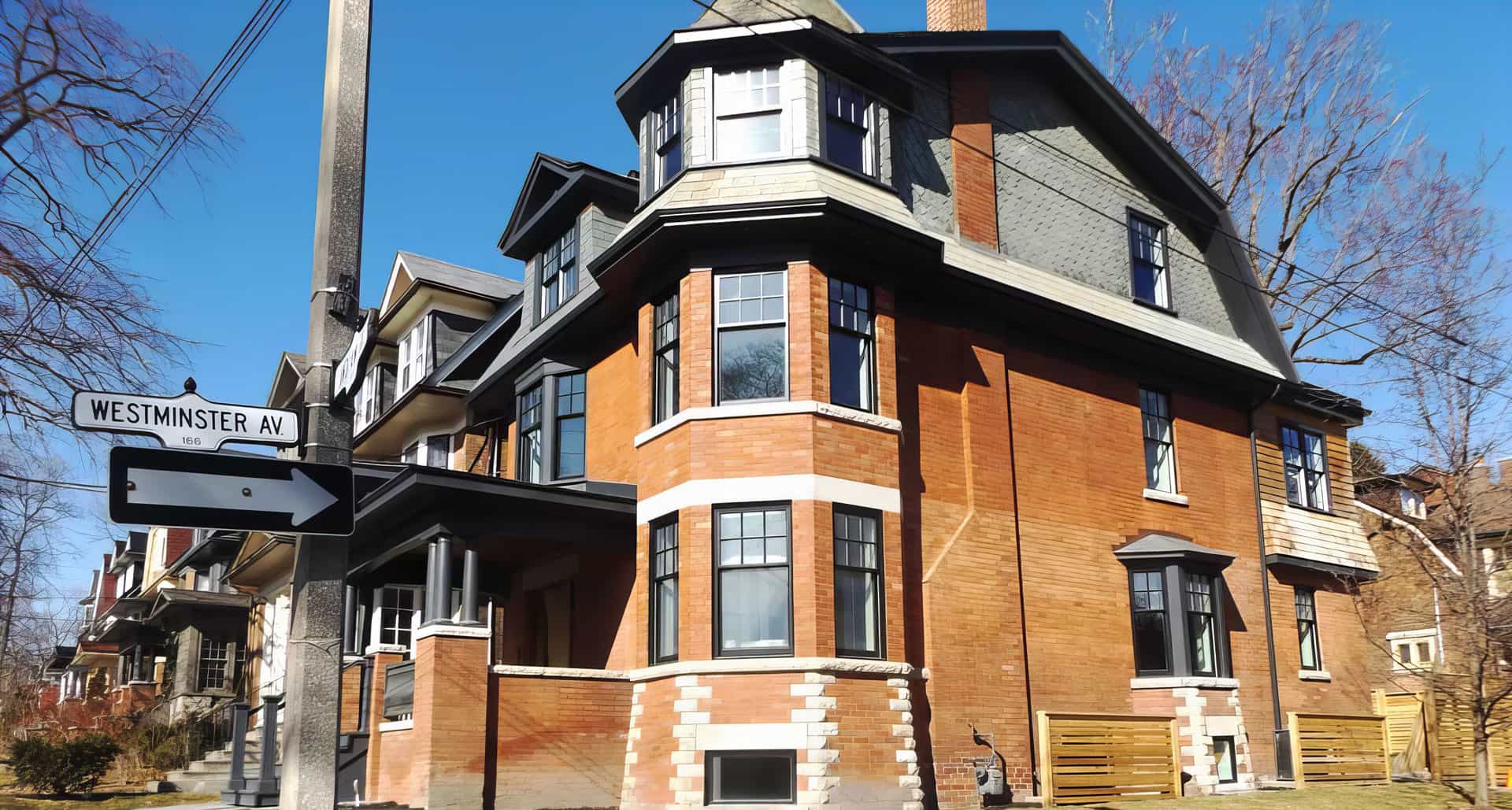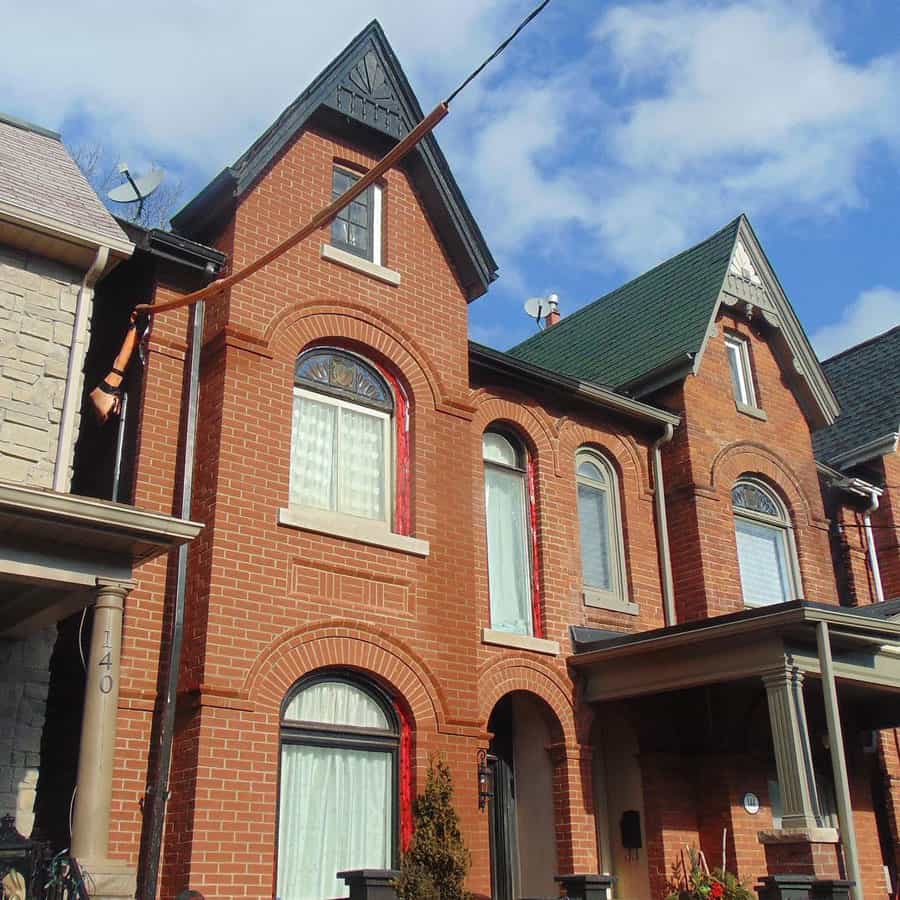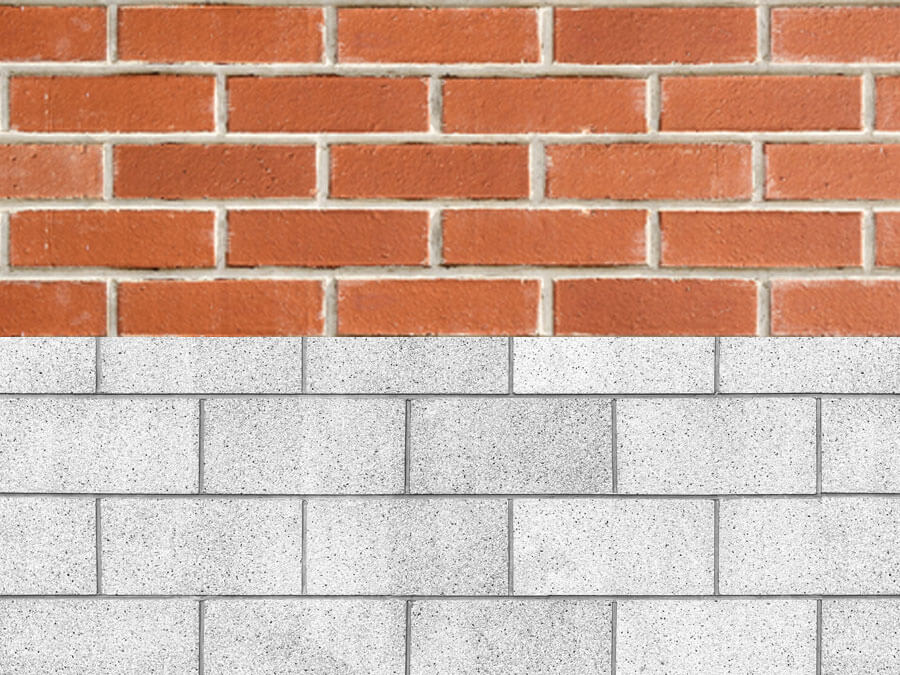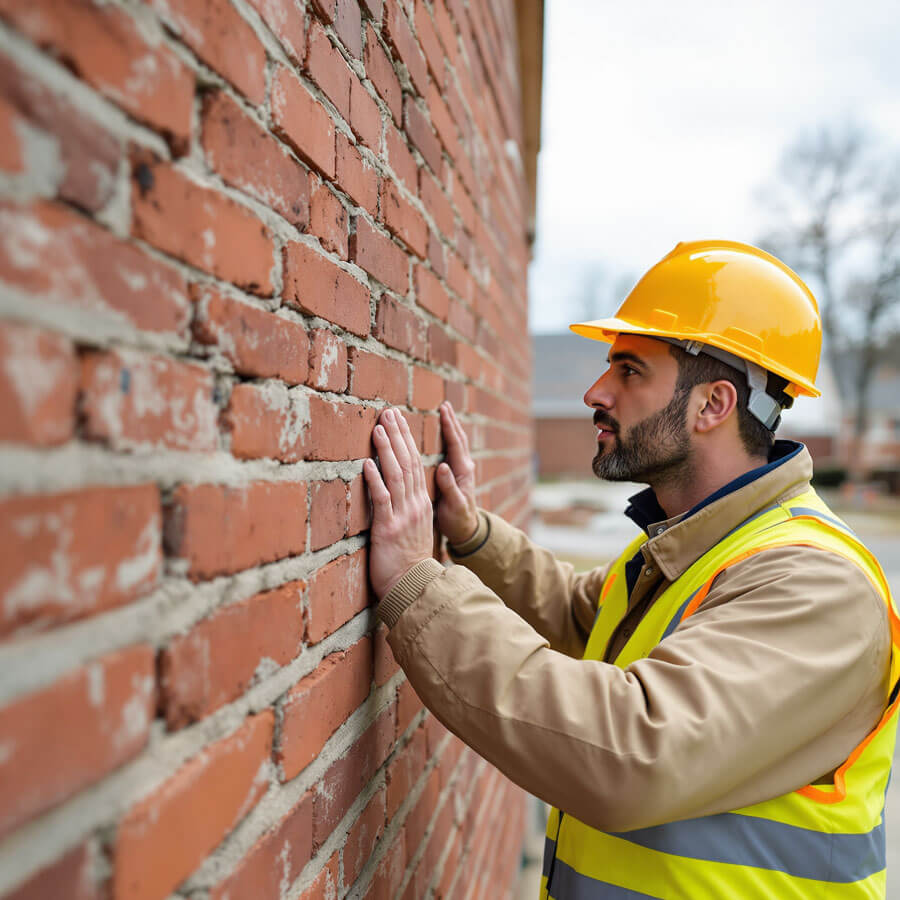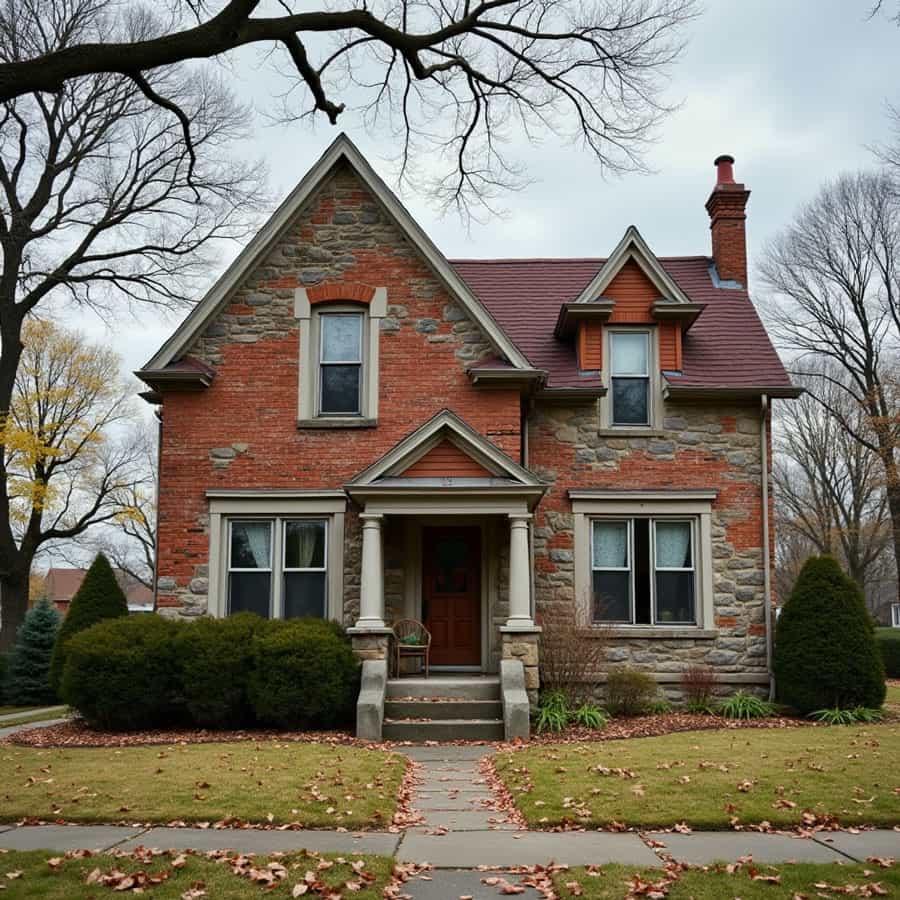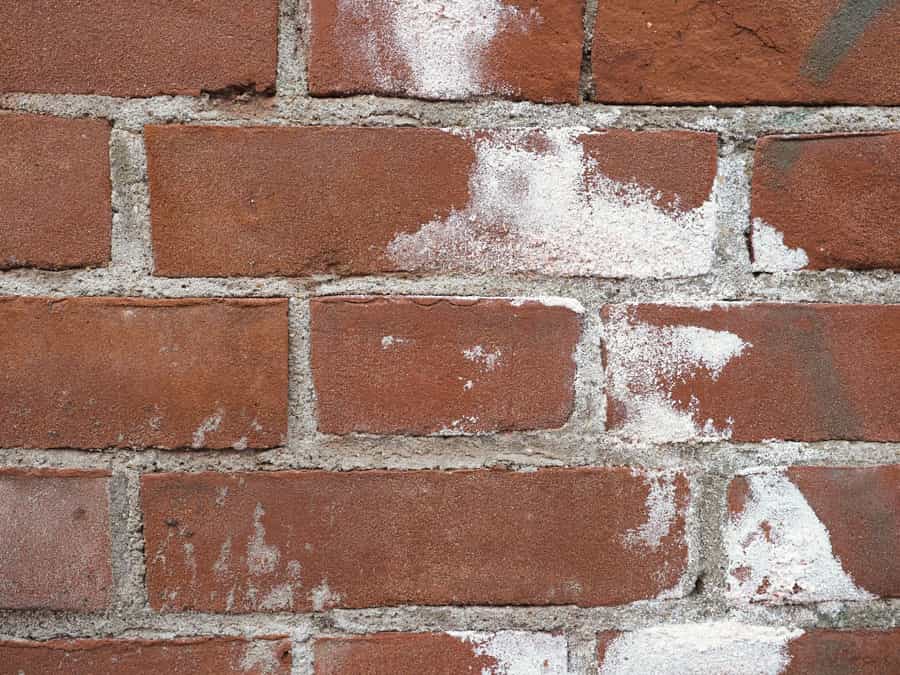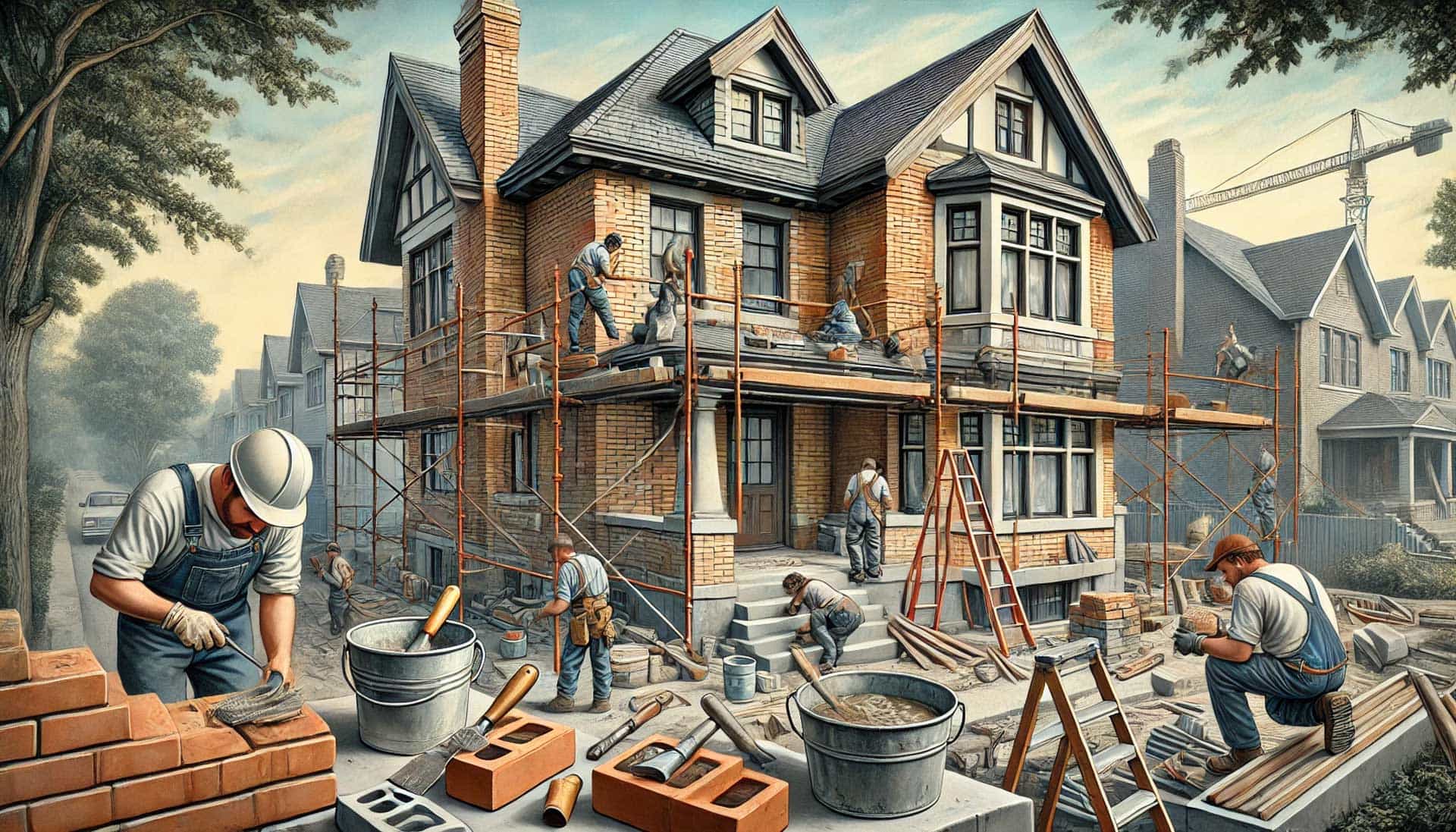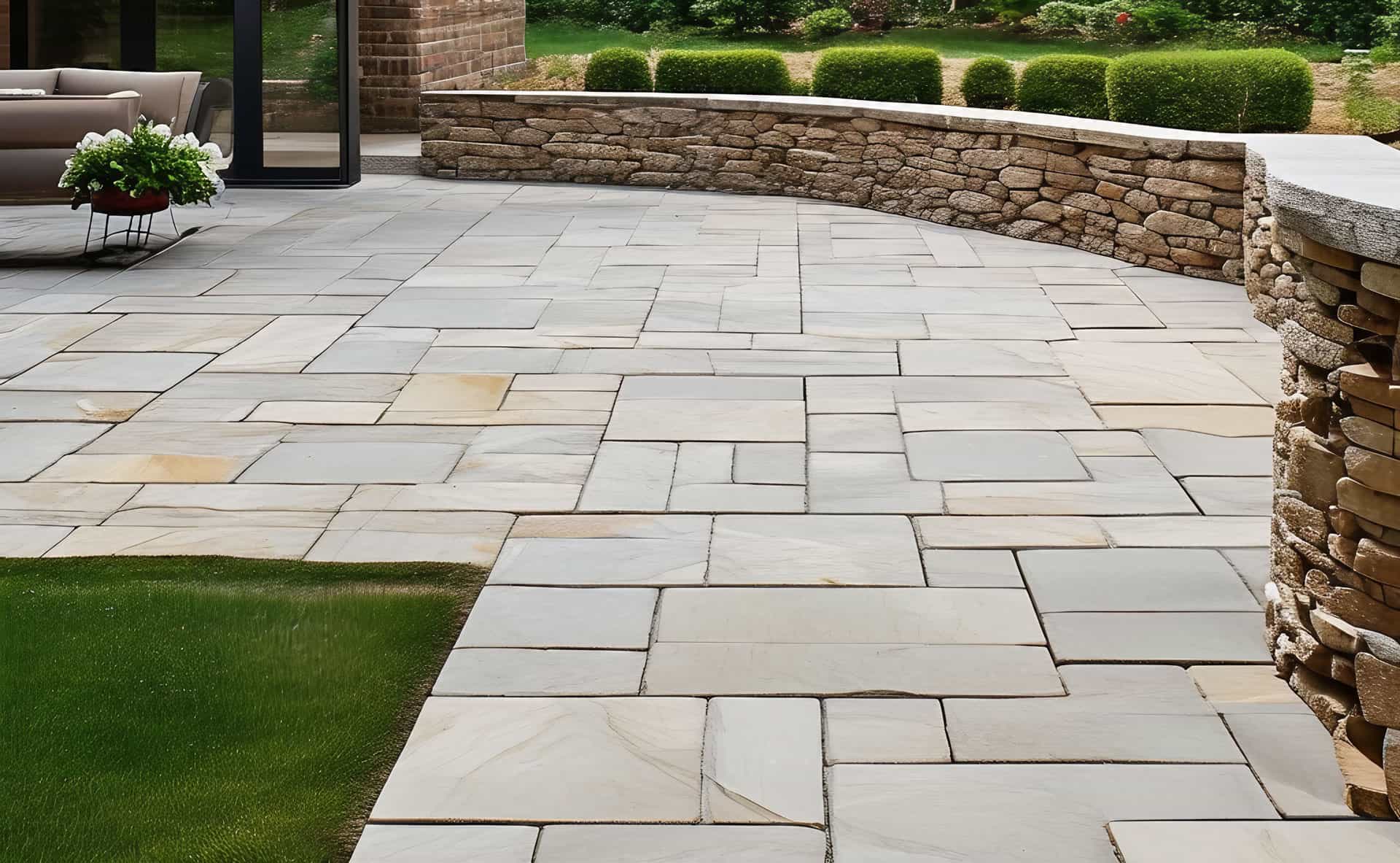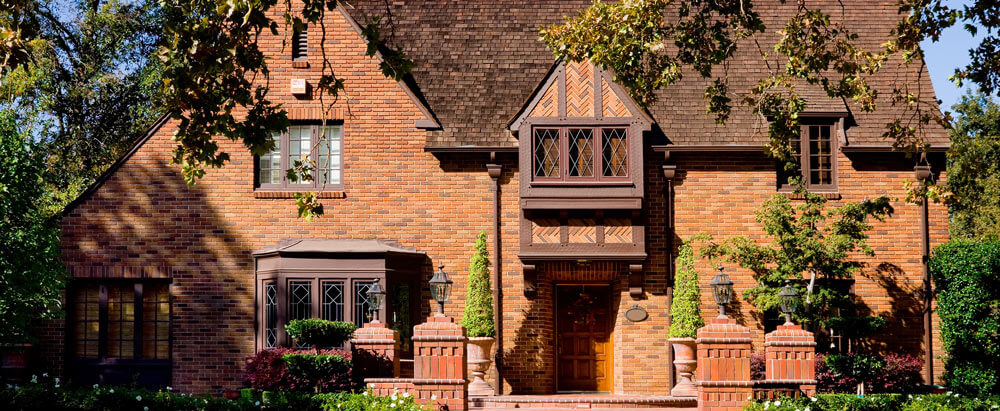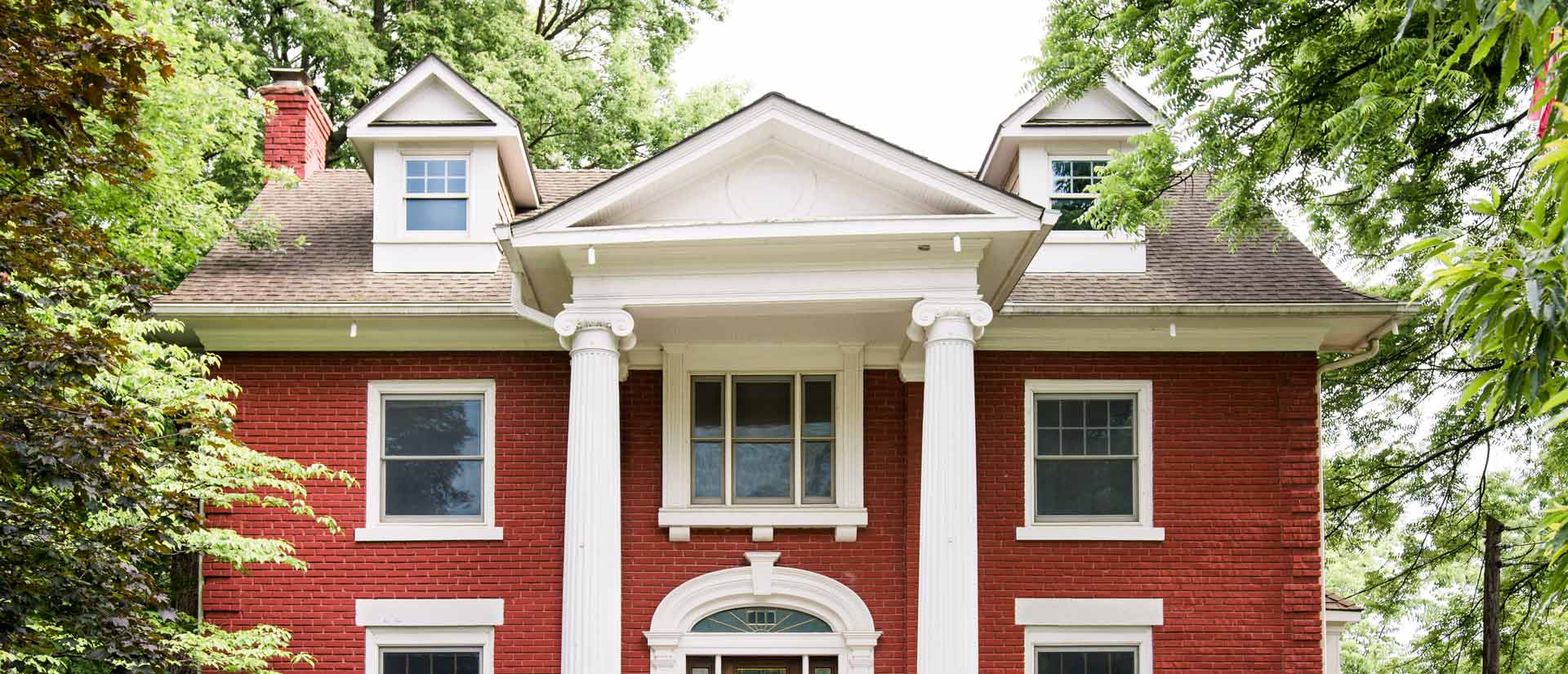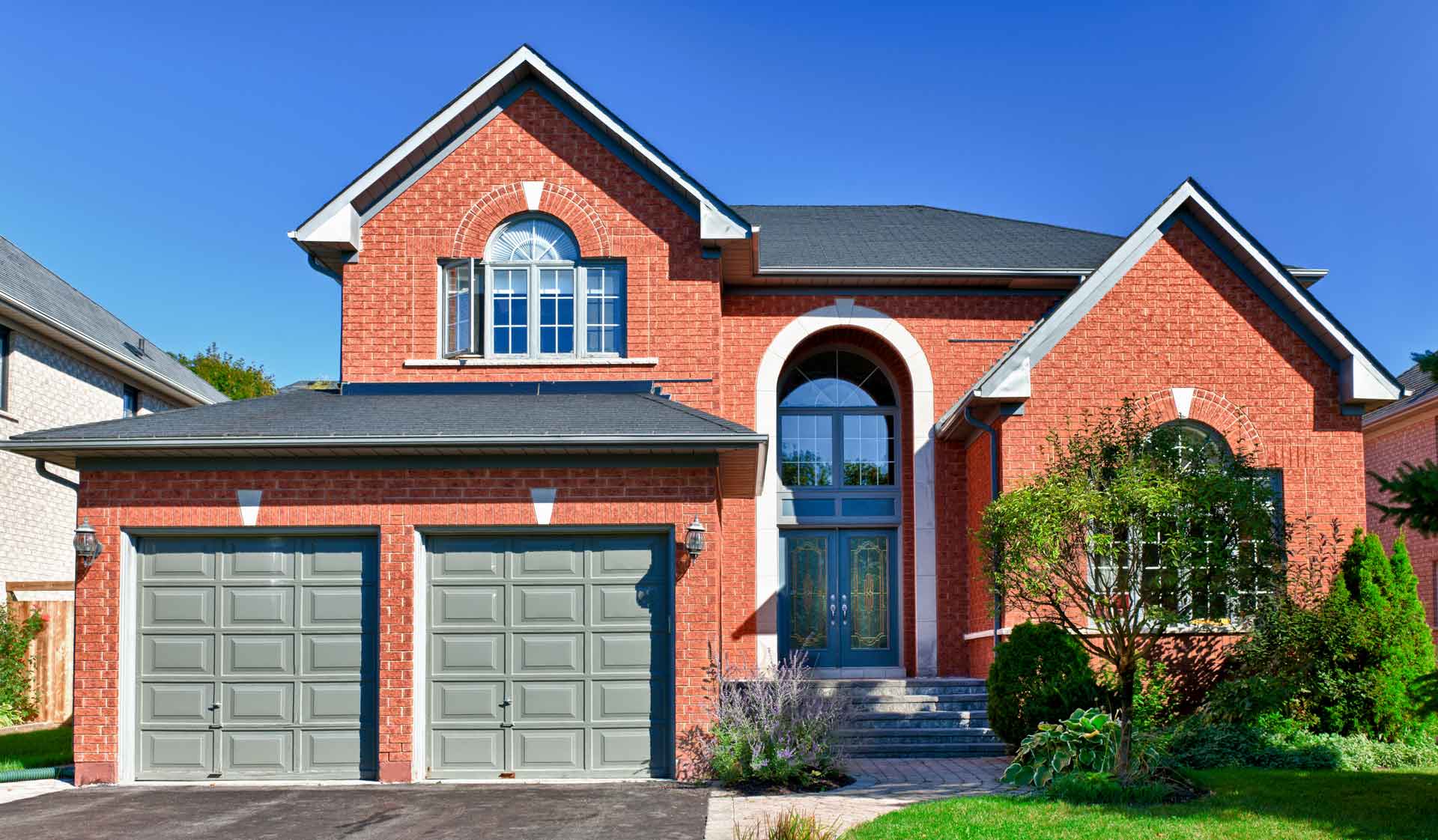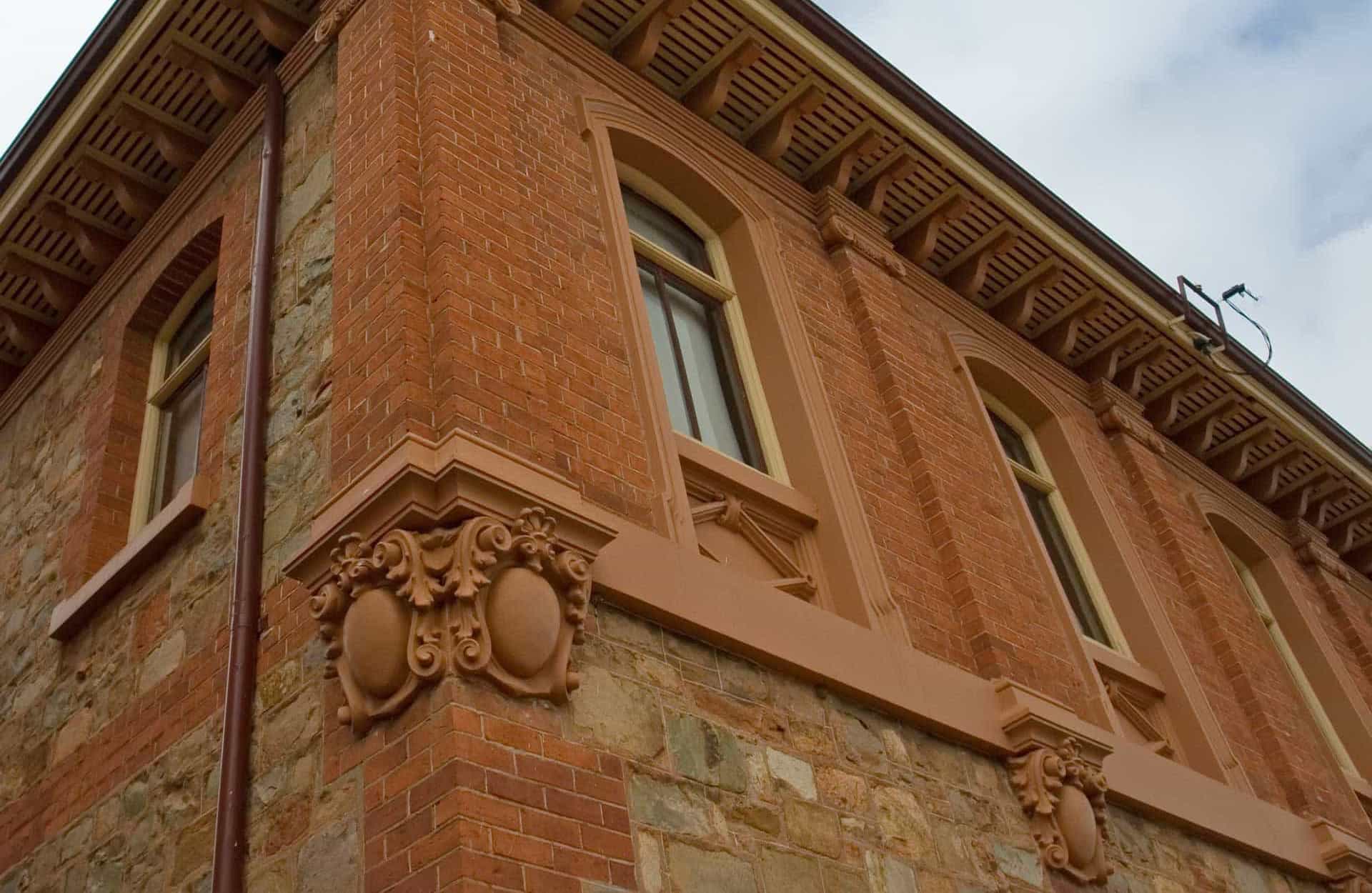Brick masonry, a classic and stylish construction material utilized for years to create residential and commercial structures, has been long-standing. However, the harsh winter weather in Toronto can take its toll on these beautiful buildings, leading to deterioration and potential structural issues. This blog post will investigate the damage caused by winter conditions on brick masonry constructions.
We will also explore various methods to prevent further deterioration of your masonry units and repair any existing damage to restore their original beauty and integrity. Furthermore, we will discuss protecting your brick masonry from future damage caused by extreme weather conditions.
Lastly, selecting suitable materials for restoration projects is crucial in ensuring long-lasting results; thus, we’ll provide valuable insights into making informed decisions when undertaking such endeavours. Stay tuned as we uncover essential tips and techniques to maintain the longevity of your beloved brick masonry buildings.
Table of Contents:
- Assessing Winter Damage on Brick Masonry in Toronto
- Preventing Further Deterioration of Brick Masonry
- Repairing Damaged Brick Masonry
- Protecting Your Brick Masonry from Toronto’s Harsh Winter Weather
- Choosing the Right Materials for Restoration Projects
- FAQs about Brick Masonry
- Conclusion
Assessing Winter Damage on Brick Masonry in Toronto
Winter in Toronto can be brutal on brick masonry, causing damage that can compromise the structure and appearance of your building. Here’s how to identify and evaluate the damage:
Identifying Common Types of Damage
Winter weather can cause several types of damage to brick masonry:
- Cracking: Freeze-thaw cycles can cause cracks in brick or mortar joints.
- Erosion: Snow and ice can wear away at bricks and mortar over time.
- Salt efflorescence: De-icing salts can seep into brickwork, causing unsightly white deposits and weakening the structure.
- Mortar joint deterioration: Prolonged exposure to moisture can cause mortar joints to deteriorate, making them more susceptible to cracking or crumbling.
Evaluating Severity & Extent of Damage
To assess the damage, consider these factors:
- Distribution: Are the damages localized or widespread? Widespread damage may indicate more severe underlying issues.
- Depth: How deep are the cracks or erosion? More severe damage can compromise the structure, while superficial damage is primarily an aesthetic concern.
- Mortar joint condition: Examine mortar joints for signs of deterioration. Loose, crumbling, or cracked joints should be addressed promptly to prevent further damage.
If unsure about assessing the damage, consider consulting with a professional like Bowman Masonry (source). They can provide expert guidance on identifying problems and recommending appropriate repair strategies.
Preventing Further Deterioration of Brick Masonry
To safeguard your residence’s or commercial building’s structural integrity, you should guard its brickwork against harsh weather conditions.
Maintain Proper Drainage
Ensure the water flows away from your building by repairing gutters and downspouts well. Also, ensure your landscaping slopes away from the structure to prevent moisture buildup.
Seal Cracks and Gaps
Regularly inspect your brickwork for cracks and gaps that can let water in and cause damage. If you find any issues, repair mortar joints, seal gaps with caulking, or consult a professional like Bowman Masonry for expert advice.
Use Appropriate Cleaning Techniques
Clean your bricks gently using low-pressure methods and mild detergents designed for masonry surfaces. Avoid high-pressure power washing, which can erode mortar joints over time.
List of Recommended Cleaners:
- Sure, Klean 600 Detergent
- EaCo Chem NMD 80
- Enviro Klean SafRestorer
Apply Protective Sealants and Coatings
Consider applying a breathable protective sealant or coating to repel water, reduce efflorescence, and minimize freeze-thaw damage.
List of Recommended Sealants:
- Sure Klean Weather Seal Siloxane PD
- Dry-Treat Stain-Proof Premium Impregnating Sealer
- LastiSeal Brick & Masonry Sealer (Not available online)
Repairing Damaged Brick Masonry
Winter weather in Toronto can wreak havoc on brick masonry but fear not. You can return your structure’s outside to its past splendour with the suitable approach and supplies. Let’s discuss the best methods for repairing damaged brick masonry caused by Toronto’s harsh winter climate.
Identifying the Type of Damage
The first step in repairing damaged brick masonry is identifying the type of damage. Common types include spalling (flaking or chipping), cracking, efflorescence (white salt deposits), and mortar deterioration. Once the damage has been identified, you can determine the most appropriate repair method.
Tuckpointing: A Solution for Mortar Deterioration
Mortar deterioration occurs when water infiltrates the mortar joints between bricks, causing them to weaken over time. Tuckpointing, also known as repointing, involves removing deteriorated mortar from affected areas and replacing it with new mortar that matches the colour and texture of the original.
Steps for Tuckpointing:
- Remove old mortar carefully using specialized tools like a grinder or chisel without damaging surrounding bricks.
- Thoroughly clean out debris from joints before applying new mortar.
- Mix fresh matching-colour mortar according to manufacturer instructions, ensuring proper consistency.
- Apply new mortar into cleaned-out joints using a trowel, maintaining even depth throughout the process until filled and compacted correctly.
- Finish the surface of new mortar joints to match existing ones and allow it to cure as per the manufacturer’s recommendations.
Brick Replacement: Addressing Spalling and Cracking
In cases where bricks are severely damaged, such as spalling or cracking, brick replacement may be necessary. This process involves carefully removing damaged bricks and replacing them with new ones that closely match in colour, size, and texture. Hiring a professional mason like Bowman Masonry for this task is essential since improper removal or installation can lead to further damage.
Tips for Brick Replacement:
- Select matching bricks by considering colour, size, texture, and compressive strength.
- Carefully remove damaged bricks without affecting the surrounding structure using appropriate tools and techniques under expert guidance.
- Clean out debris from the cavity before installing new brick, ensuring proper fitment within the available space.
Key Takeaway:
Toronto’s harsh winter climate can cause damage to brick masonry, but it can be repaired with the right approach and materials. Identifying the type of damage is crucial before determining the best repair method, such as tuckpointing for mortar deterioration or brick replacement for severe spalling or cracking.
Protecting Your Brick Masonry from Toronto’s Harsh Winter Weather
Don’t let the cold weather get the best of your building. Here are some preventive measures to maintain the integrity of your brickwork:
Proper Drainage System
Water infiltration can cause significant damage to your brick masonry. Ensure that your gutters and downspouts function correctly and direct water away from your building’s foundation. Consider installing French drains to improve drainage.
Maintenance Checks
Inspect your brickwork for damage at least twice a year. Address any issues promptly before they worsen due to Toronto’s freezing temperatures.
Sealant Application
Prevent moisture penetration through porous bricks or mortar joints using a high-quality sealant like Siloxa-Tek 8500. This product creates an invisible barrier against water absorption, allowing trapped moisture within the wall assembly to escape.
Tuckpointing Services
Improve your brick masonry’s appearance and structural integrity by hiring tuckpointing services. This process involves removing damaged mortar joints and replacing them with fresh mortar.
Insulation Upgrades
Upgrade your insulation to reduce heat loss through exterior walls. Consider using spray foam insulation, which provides an effective barrier against air leakage and moisture intrusion.
Professional Consultation
How best to protect your brick masonry is to consult a professional like Bowman Masonry Restorations. We specialize in exterior restorations and can recommend appropriate measures for preserving your building’s longevity.
Don’t let winter weather damage your brick masonry. Incorporate these preventive strategies into your regular maintenance routine to safeguard your investment.
Choosing the Right Materials for Restoration Projects
Selecting suitable materials is crucial when restoring brick masonry in Toronto’s winter climate. Harsh weather conditions can cause significant damage to your property, but using appropriate materials will ensure that your building remains strong and durable throughout the years.
Finding a Suitable Brick Type
Choosing the correct brick type is the first step in selecting the suitable materials. In Toronto’s winter climate, opt for bricks with high frost resistance and low water absorption rates. This will help prevent freeze-thaw cycles from causing further damage to your masonry work.
Popular choices include frost-resistant clay bricks or concrete bricks made with additives that increase their durability against freezing temperatures.
Selecting an Appropriate Mortar Mix
Mortar plays a vital role in ensuring the stability of brick structures. For exterior restorations in cold climates like Toronto, choose mortar mixes that offer increased flexibility and resistance against freeze-thaw cycles.
- Type N Mortar: A good all-purpose mix suitable for most residential applications, offering medium strength and excellent workability.
- Type S Mortar: Ideal for commercial buildings or situations requiring higher structural integrity due to its increased compressive strength compared to Type N mortar.
- Polymer-Modified Thinset Mortars: These mortars contain polymers that improve adhesion between bricks while providing enhanced resistance to freeze-thaw cycles, making them a popular choice for exterior restorations in cold climates.
Using Proper Sealants and Water Repellents
Proper sealants and water repellents can protect your brick masonry from future damage due to Toronto’s winter weather. These products can help prevent moisture penetration into the bricks while allowing any trapped moisture to escape.
When selecting a siloxane-based water repellent, look for one that is breathable, non-film forming, and compatible with your type of brick. Additionally, consider using high-quality caulking materials around windows or other openings in your building’s exterior envelope.
By carefully considering these factors when choosing materials for your exterior restoration project involving brick masonry in Toronto’s winter climate, you’ll ensure the longevity and durability of your property.
Key Takeaway:
Choosing suitable materials for brick masonry restoration in Toronto’s winter climate is crucial to ensure durability and strength. Opt for bricks with high frost resistance, mortar mixes that offer increased flexibility and resistance against freeze-thaw cycles, and proper sealants and water repellents to protect from future damage due to harsh weather conditions. By considering these factors carefully, you can guarantee the longevity of your property.
FAQs about Brick Masonry
What is brick masonry?
Brick masonry is the art of laying bricks in mortar to create solid and durable structures that require skilled workmanship, proper planning, and appropriate materials.
Why use brick masonry?
Brick masonry offers benefits such as durability, fire resistance, natural insulation, and low maintenance requirements compared to other materials like wood or stucco.
What are the failures in brick masonry?
Failures in brick masonry can occur due to poor design or construction practices, moisture penetration, thermal expansion, settling issues, or damage from external forces like earthquakes.
What is the conclusion of brick masonry?
Brick masonry provides numerous benefits, but using high-quality materials and skilled professionals for optimal results in residential and commercial projects is crucial.
Conclusion
Brick masonry is tough, but Toronto winters can be more brutal – here’s how to assess, prevent, and repair damage to your brick structures.
- Assessing damage: Look for cracks, spalling, and efflorescence.
- Preventing further damage: Keep water away from your bricks and ensure proper drainage.
- Repairing damaged areas: Use a chisel and hammer to remove damaged bricks, then replace them with new ones.
- Protecting from future damage: Apply a water-repellent sealant to your bricks.
- Choosing the right materials: Use materials that match the original brick-and-mortar.
Whether you’re a homeowner or a commercial company, these tips will help you keep your brick masonry structures in top shape all year round – remember to call in the pros for big jobs!

